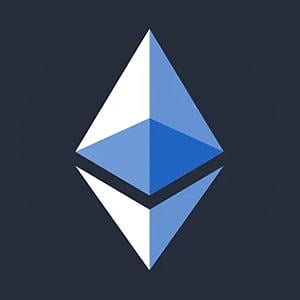
- Ethereum’s Shanghai hard fork set in March will address tokens staked in the ETH 2.0 deposit contract and gas fees for developers.
- The Shapella hard fork, a combination of Shanghai and Capella execution and consensus layer forks will activate on the Sepolia testnet on February 28.
- The hard fork will start a new era for the Ethereum ecosystem, following 2022’s Merge, a transition to an energy efficient Proof-of-Stake blockchain.
Ethereum network is preparing for the Sepolia testnet at 4 pm UTC on February 28 and the Shapella hard fork in March 2023. The combination of Shanghai and Capella hard forks marks a milestone in the development of the largest altcoin in the crypto ecosystem. The upcoming testnet is key to ETH holders, and it is expected to influence the altcoin’s price.
What is the Ethereum Shanghai hard fork?
Ethereum’s Shanghai hard fork is a key developmental upgrade for ETH, slated for March 2023. It marks one of the biggest developments for the Ethereum network as it will enable stakers and validators to withdraw assets from the Beacon Chain.
The Beacon Chain staking contract went live in 2020, since then about a seventh of Ethereum’s total supply has been staked. Ethereum token unlock is the most important development in the hard fork, lined up as Ethereum Improvement Proposal (EIP) 4895.
The Merge required that validators lock up their ETH as well as any rewards they earned until a later chain update. This kept a huge percentage of Ethereum’s supply off exchanges. This reduced the selling pressure on ETH across cryptocurrency exchanges worldwide.
Also read: Ethereum deflation rate is accelerating by the day: Here’s what to expect from ETH price
Ethereum Sepolia testnet and Shapella hard fork: What to expect
Before the Shanghai upgrade is deployed on the Ethereum mainnet, developers have scheduled testnets. Sepolia is the second-last testnet that will test withdrawals by validators and other features that will be enabled on the mainnet.
The private testnet will allow developers to test smart contract functions using a special testnet currency called Sepolia ETH. Only approved entities can operate validator nodes on Sepolia testnet’s new consensus layer.
The success of Sepolia testnet could ensure that Shanghai hard fork is on track. The Shapella hard fork, a combination of two: execution and consensus layer forks Shanghai and Capella will activate on the Sepolia testnet at 4pm UTC.
Developers have mentioned that the much-awaited upgrade is scheduled after months of testing and it follows The Merge in the developmental journey. Shapella will enable validators to withdraw their stake from the Beacon Chain back to the execution layer. At the same time it will introduce new functionality to both the execution and consensus layer.
Also read: Will Ethereum bulls regain control of ETH with massive exchange outflow?
What are the key EIPs of the Shanghai hard fork?
There are four small EIPs included in the hard fork that relate to gas fees, the transaction cost paid to the Ethereum blockchain. During times of high activity, gas fees can be expensive for users, developers are therefore focused on introducing a mechanism to reduce high gas fees for those building on the blockchain.
Following four EIPs are bundled in the Shanghai hard fork:
- EIP-3651: proposes to access the “COINBASE” (no relation to the crypto exchange) address, a software used by validators and block builders at a low gas cost.
- EIP-3855: Creates a code dubbed “Push0” that lowers gas cost for developers.
- EIP-3850: Introduces an upper cap on the gas cost for developers.
- EIP-6049: Reduces gas fees for developers.
To find out how Ethereum price could react to the Shanghai hard fork, check this out.